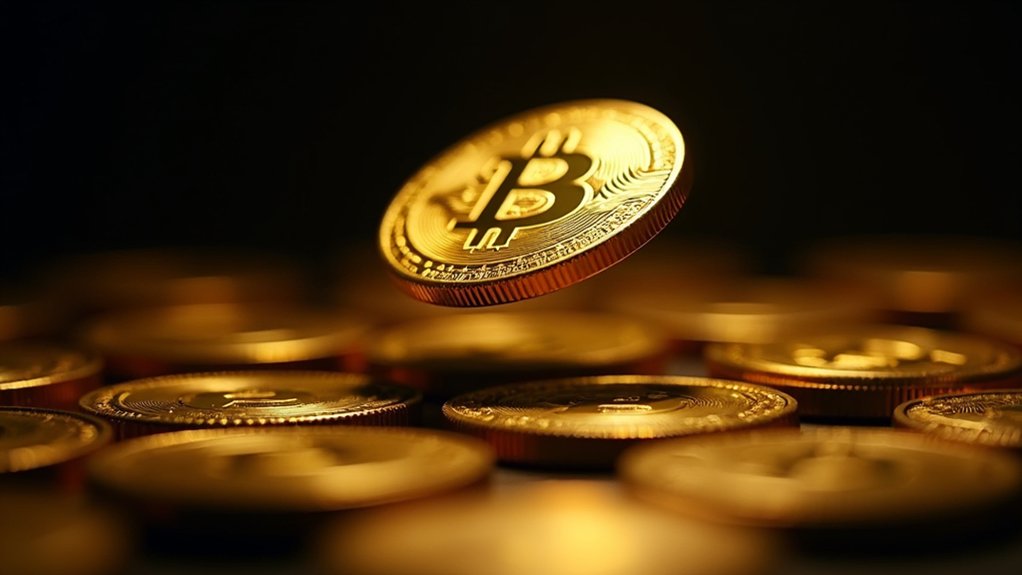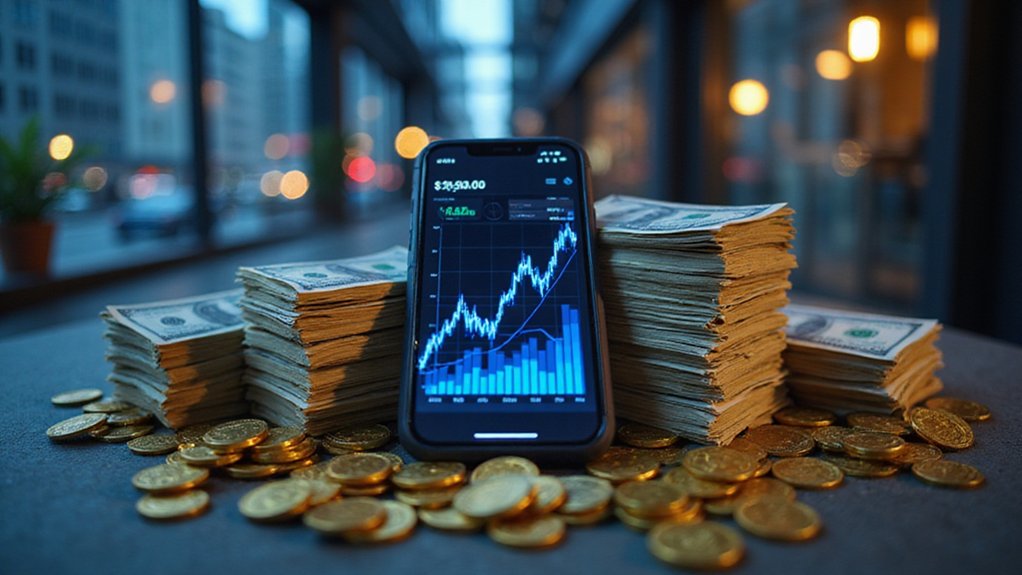When OKX decided to incinerate approximately 65.26 million OKB tokens in what can only be described as the most dramatic supply shock in the exchange token’s history, the market responded with the kind of enthusiasm typically reserved for discovering forgotten Bitcoin wallets. The price exploded 170%, rocketing to $143 before settling into a more dignified $110-$115 range—a remarkable display of how artificial scarcity can transform investor psychology overnight.
The mathematics behind this bonfire are particularly striking. OKX reduced its total supply from roughly 300 million tokens to a Bitcoin-esque cap of 21 million, creating the sort of deflationary pressure that would make central bankers weep. This wasn’t merely another quarterly burn; it represented the largest single token elimination event in OKB’s existence, effectively transforming the tokenomics from inflationary uncertainty to predictable scarcity.
Timing, as they say, is everything. The burn coincided with OKX’s strategic overhaul of its X Layer blockchain, which now boasts 5,000 transactions per second and near-zero gas fees thanks to Polygon’s Chain Development Kit. The upgrade, completed August 5th, positioned OKB as the exclusive gas token for this enhanced infrastructure—a monopoly that investors clearly appreciated.
The exchange’s decision to sunset OKTChain by January 2026 further consolidates OKB’s utility. Rather than managing multiple tokens across fragmented ecosystems, OKX will convert existing OKT holdings to OKB based on market averages from July to August 2025. It’s a shrewd consolidation that eliminates confusion while concentrating value into a single asset. The broader cryptocurrency ecosystem has seen businesses increasingly view stablecoins and utility tokens as essential infrastructure rather than speculative tools, reflecting a maturation in how exchanges architect their token economics.
What emerges is a textbook case of engineered scarcity meeting genuine utility improvements. OKB now functions within a fixed-supply model while serving as the backbone for fee discounts, staking programs, and cross-chain operations on a considerable upgraded network. Technical indicators revealed overbought conditions with the daily RSI reaching an extreme level of 95, signaling potential short-term volatility ahead.
The 170% price surge reflects not just speculative fervor but rational recognition of fundamentally altered economics. Whether this transformation sustains long-term adoption remains to be seen, though the combination of Bitcoin-style supply constraints with enhanced blockchain functionality suggests OKX has crafted a compelling value proposition—assuming, of course, that investors continue believing in the magic of artificial scarcity.








